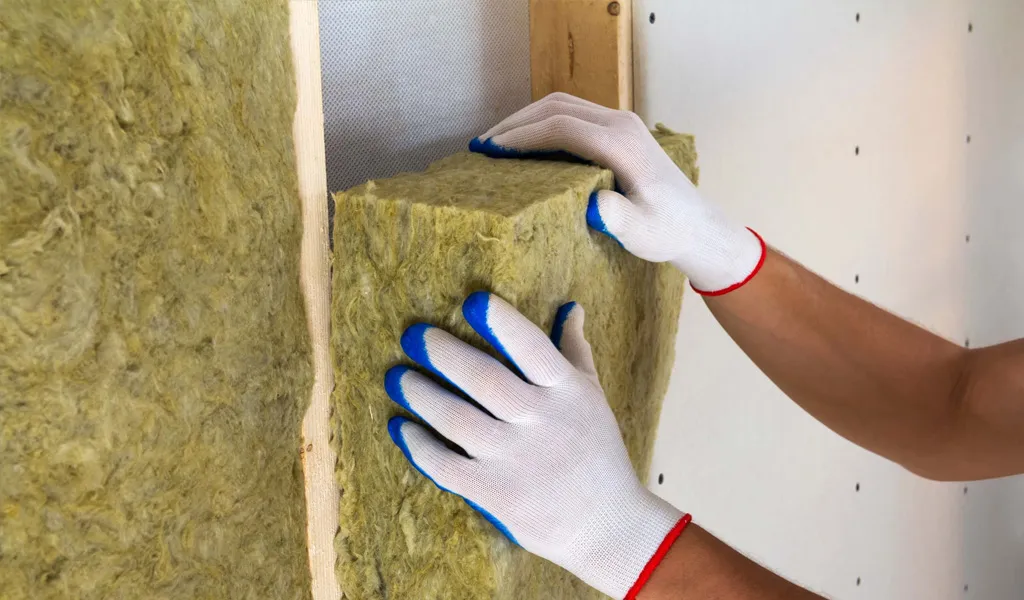Many people use the terms Acoustic treatment and Soundproofing interchangeably — but in reality, they solve two completely different problems.
If you’ve ever wondered why your room still echoes after installing “soundproof” panels, or why your walls still leak noise despite adding foam, this article is for you.
Let’s break down what each one actually does, when you need them, and how to combine both for truly professional sound.
What Is Acoustic Treatment?
Acoustic treatment is all about controlling how sound behaves inside a room.
When sound waves bounce around uncontrolled, you get echo, flutter, and muddiness — all of which affect clarity and balance. Acoustic treatment uses specialized materials to absorb, diffuse, or scatter sound so that your listening experience is more accurate and pleasant.
Common Acoustic Treatment Solutions:
- Absorption panels: Reduce reflections and echoes.
- Bass traps: Control low-frequency build-up in corners.
- Diffusers: Scatter sound evenly to avoid “dead spots.”
- Ceiling clouds: Absorbs and Reduce reflections in the ceiling.
Where It’s Used:
- Recording studios and mix rooms
- Churches and auditoriums
- Conference rooms and lecture halls
- Home theatres

What Is Soundproofing?
Soundproofing (or sound isolation) deals with preventing sound from traveling between spaces.
It’s about blocking noise transmission, not improving what happens inside.
Think of soundproofing as building a barrier — stopping unwanted sound from leaking in or out.
Common Soundproofing Techniques:
- Mass-loaded vinyl (MLV): Adds mass to walls to block noise.
- Double drywall with Green Glue: Adds density and damping.
- Resilient channels / isolation clips: Decouple walls to stop vibration transfer.
- Sealing gaps: Acoustic caulk and door seals prevent leaks.
Where It’s Used:
- Apartments or offices needing noise isolation
- Recording studios next to noisy environments
- Home theatres or private cinemas
- Event venues and auditorium

The Physics Behind It
Soundproofing relies on mass law — doubling a wall’s mass increases sound reduction by about 6dB.
But structure-borne sound can bypass mass through rigid connections. That’s why decoupling is critical — it breaks the vibration path.
Acoustic treatment, on the other hand, manages reflections and absorption coefficients.
Materials like fiberglass or foam absorb certain frequency ranges; combining absorbers and diffusers ensures the room sounds balanced, not dead.

Real-World Examples
Example 1: Recording Studio
A music producer builds a home studio. They install bass traps and acoustic panels, achieving a balanced, professional sound inside.
But if neighbours still hear the drums — that’s a soundproofing issue, not acoustic treatment.
Example 2: Office Conference Room
The company wants privacy for meetings. Acoustic panels help reduce echo inside, but to keep conversations confidential between rooms, soundproofing (sealing doors, adding wall insulation) is essential.
Example 3: Church
A church complains about excessive echo and unclear speech. Adding wall absorbers and ceiling clouds fixes the problem — because the sound inside the room is being controlled.
If instead they heard noise from the street outside, that would require soundproofing the structure.
How to Know Which One You Need
Ask yourself:
- “Do I want to make my room sound better?” → Acoustic Treatment
- “Do I want to stop noise from leaking in or out?” → Soundproofing
In many professional environments, you actually need both:
soundproofing for isolation, and acoustic treatment for clarity.
That’s why an experienced AV consultant or acoustic designer should assess your space before you invest in materials.
Expert Tip
Soundproofing first, treatment second.
Always address isolation during construction or renovation. Once your space is sealed, then fine-tune how it sounds inside with treatment panels. Skipping this order can lead to costly rework later.
Final Thoughts
Acoustic treatment and soundproofing work hand-in-hand — but they serve different purposes.
Understanding the difference helps you invest wisely, improve your sound quality, and get the results you expect.
At Signalova, we design custom acoustic and soundproofing solutions for:
Recording studios, Auditoriums, Churches, Corporate spaces